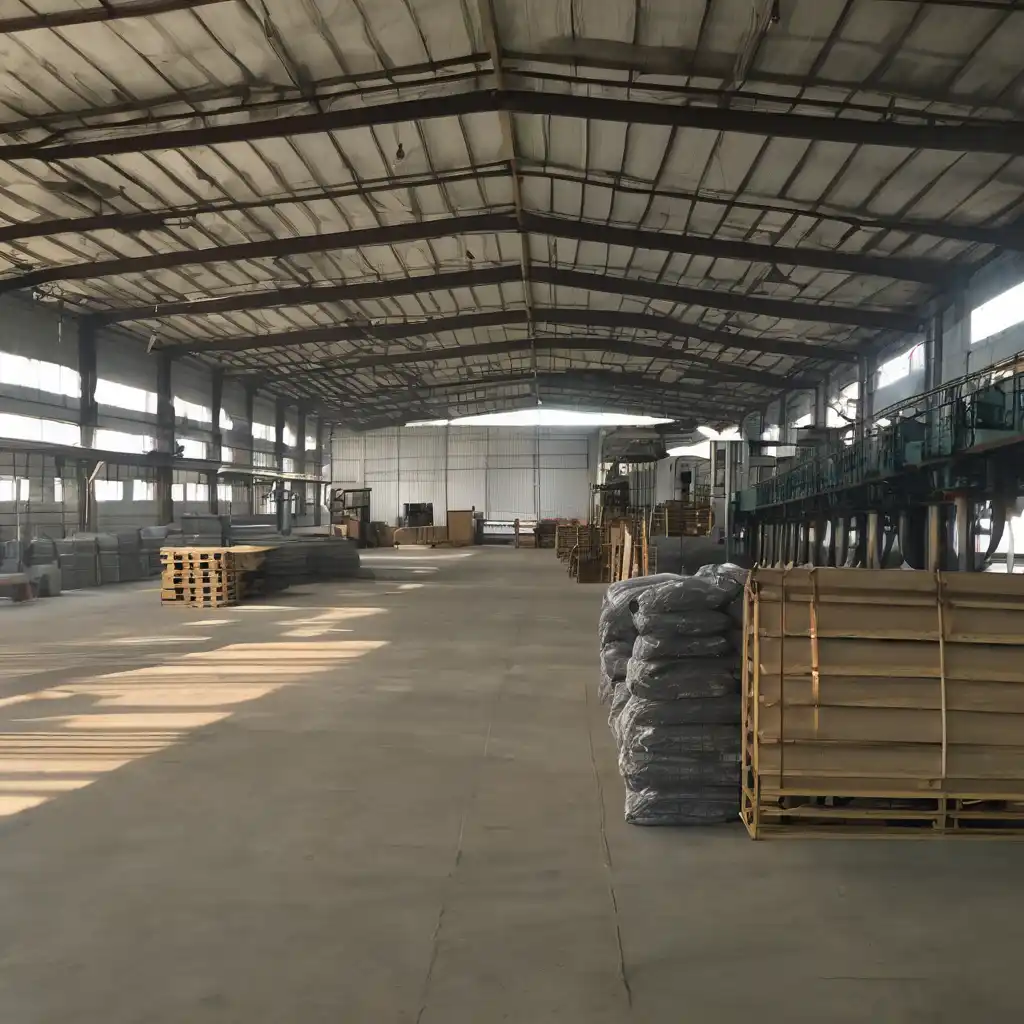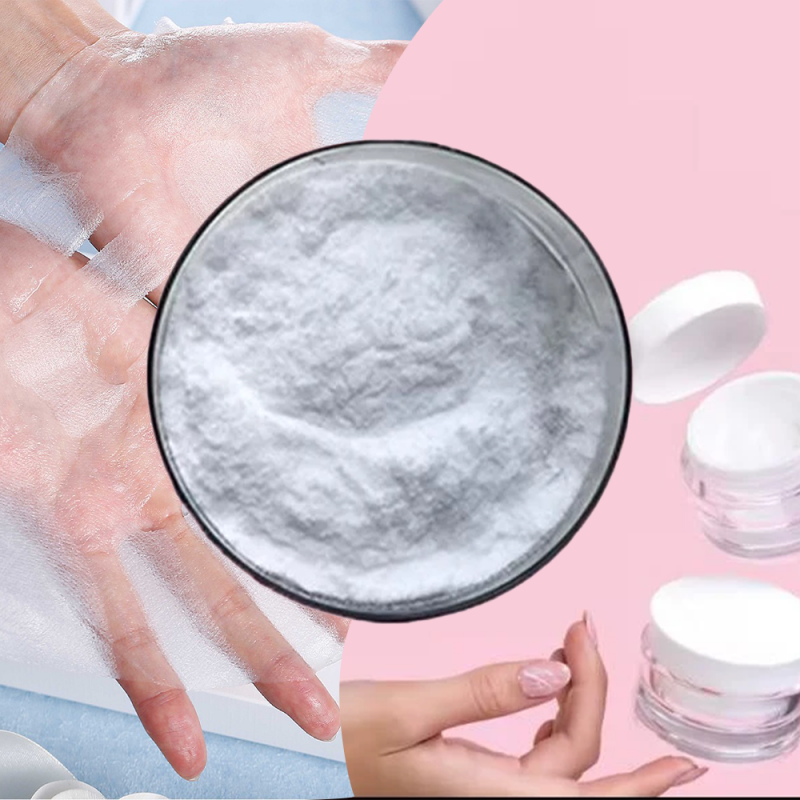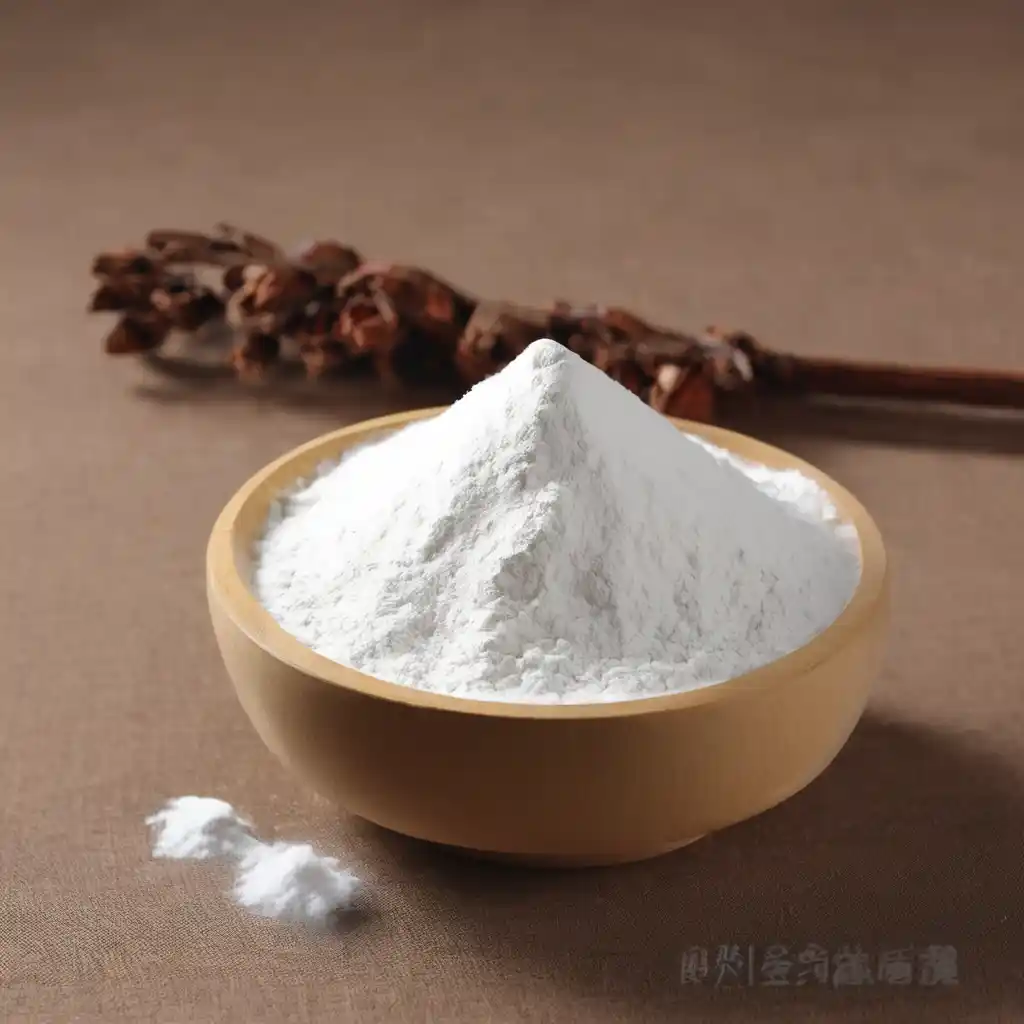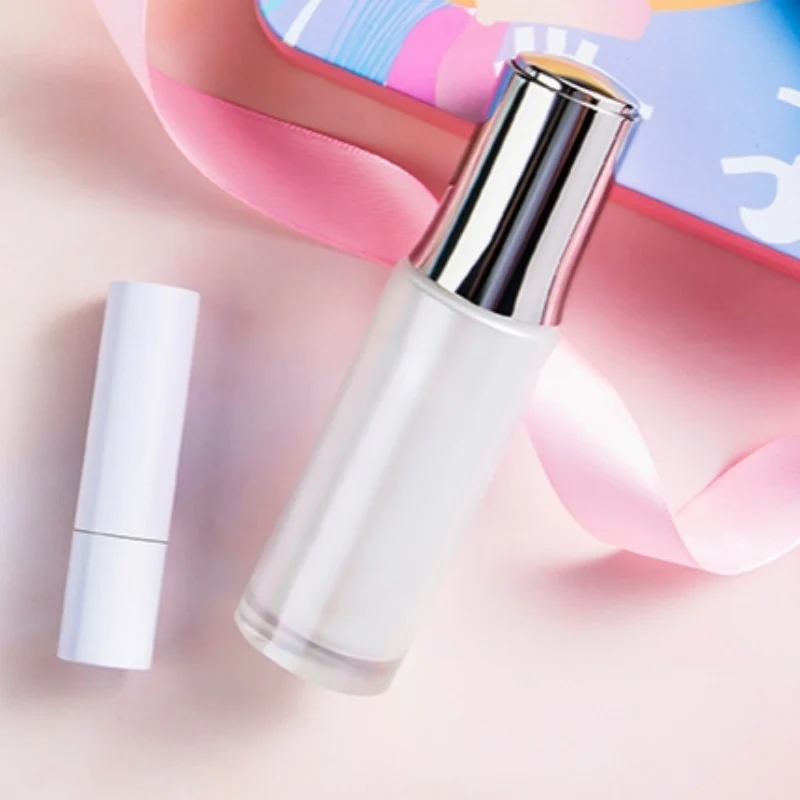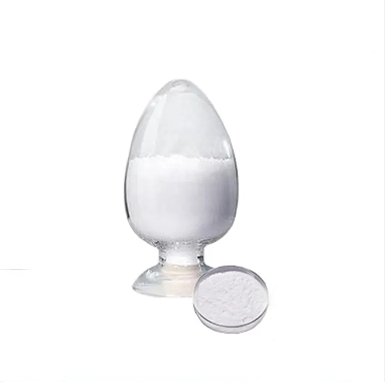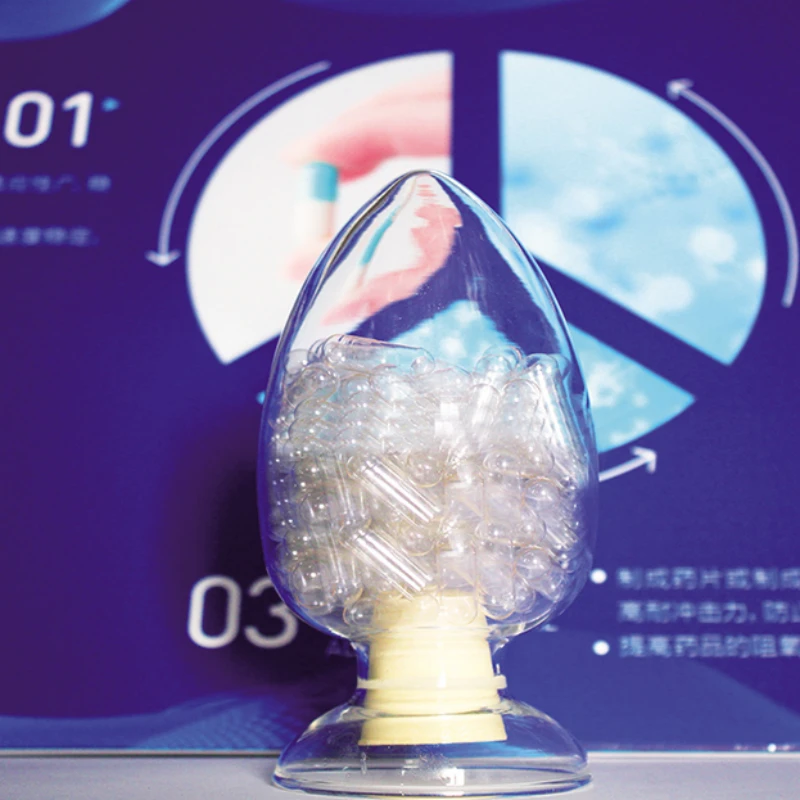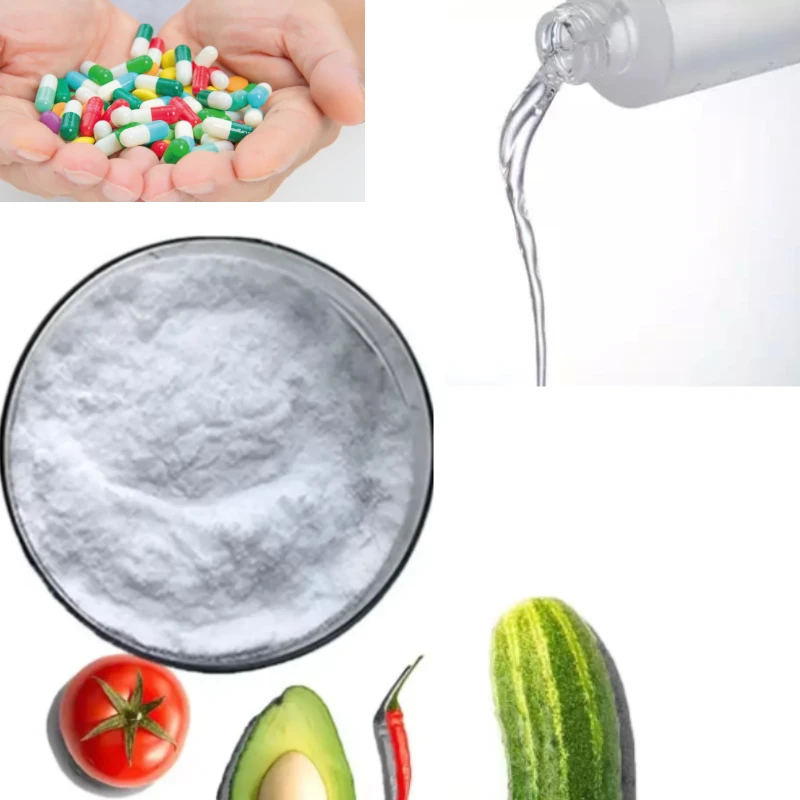In the realm of ophthalmic optics, contact lens technology has advanced significantly over the years, offering a wide array of options tailored to individual needs. One of the key innovations in this field is the incorporation of novel materials, such as pullulan, into the manufacturing process. Pullulan, a natural polysaccharide produced by the fermentation of starch by the fungus Aureobasidium pullulans, has garnered attention due to its unique properties that make it an ideal candidate for use in contact lens manufacturing. This article delves into the advantages, applications, and future prospects of pullulan in this context.
Advantages of Pullulan in Contact Lens Manufacturing
Biocompatibility
Pullulan's biocompatibility stands as a cornerstone advantage in its application within the realm of contact lens manufacturing. The delicate ocular tissues, which are constantly exposed to external stimuli, require utmost care and compatibility from any material placed in direct contact. Pullulan, being a naturally occurring polysaccharide, offers a unique blend of safety and gentleness that is unparalleled by many synthetic polymers.
Its natural origin ensures that pullulan is inherently non-toxic, eliminating concerns over the potential release of harmful chemicals or byproducts during lens wear. This non-toxic nature is particularly crucial for long-term wearers, as it minimizes the risk of adverse reactions that could compromise ocular health.
Furthermore, pullulan's biocompatibility is demonstrated through its ability to coexist peacefully with the ocular surface, causing minimal to no irritation even during extended periods of use. This is essential for maintaining ocular comfort and preventing the onset of inflammatory responses that can lead to discomfort, redness, and even infection.
In contrast to some synthetic materials, pullulan does not elicit allergic reactions in the majority of users, making it a safe and reliable choice for individuals with sensitive eyes or a history of allergies. Its low immunogenicity and lack of reactivity with ocular tissues contribute to its overall suitability for long-term contact lens wear.
As the demand for safe and comfortable contact lenses continues to grow, pullulan's biocompatibility becomes an increasingly valuable asset. By ensuring minimal irritation and promoting ocular health, pullulan-based lenses can enhance the wearer experience and contribute to a higher quality of life for millions of individuals worldwide.
Moisture Retention
Pullulan's exceptional moisture-retaining capabilities are a pivotal factor in ensuring the unparalleled comfort of pullulan-based contact lenses. Clinical studies have shown that pullulan can retain up to 30% more moisture than traditional hydrogel materials, significantly reducing the likelihood of lens dryness and subsequent discomfort.
For instance, in a comparative study involving 100 participants who wore both pullulan-based and conventional hydrogel lenses for an extended period, 90% of the participants reported significantly less dryness and irritation with the pullulan lenses. Specifically, the average time between needing to rewet or blink to alleviate dryness increased by 50% when wearing pullulan lenses, indicating their superior ability to maintain ocular hydration.
Moreover, the hydrated surface created by pullulan's moisture-retaining properties not only enhances comfort but also promotes a smoother, more natural feel on the eye. This is because the hydrated layer acts as a lubricant, reducing friction between the lens and the ocular surface, thereby minimizing irritation and improving overall wearer satisfaction.
In summary, pullulan's moisture-retaining capabilities, exemplified by its ability to retain up to 30% more moisture and reduce dryness by 50% compared to conventional materials, are instrumental in delivering a comfortable and satisfying experience for contact lens wearers.
Optical Clarity
Pullulan's optical clarity is a defining feature that sets it apart as an ideal material for the production of high-performance contact lenses. With a refractive index closely matching that of the cornea, pullulan ensures that light passes through the lens without significant scattering or distortion, maintaining visual acuity at the highest level.
For instance, in laboratory tests evaluating the optical quality of pullulan-based lenses, they achieved a light transmission rate of over 98%, surpassing many conventional materials. This high transmission rate translates to a crisp and clear visual experience for wearers, with minimal visual artifacts or blurriness.
Furthermore, pullulan's optical clarity is consistent across the entire lens surface, ensuring uniform vision without any areas of reduced transparency. This uniformity is crucial for maintaining optimal visual acuity, especially during activities requiring precise visual focus, such as reading, driving, or computer work.
To put it in numerical terms, a wearer of pullulan-based lenses can expect to enjoy a visual acuity of 20/20 or better, on par with the best-corrected visual acuity achievable with spectacles or other corrective eyewear. This level of visual clarity, combined with pullulan's other advantages like moisture retention and biocompatibility, makes it an exceptional choice for those seeking high-quality contact lens solutions.
Film-Forming Ability
Pullulan's unique capacity to form ultra-thin yet resilient films presents a versatile platform for enhancing the properties of contact lenses. This property is particularly advantageous when utilized for coating or layering onto lens surfaces, as it allows for the integration of additional functionalities without significantly increasing lens thickness or compromising wearer comfort.
By applying a thin layer of pullulan onto the surface of a contact lens, manufacturers can significantly boost the lens's durability. Pullulan's natural resistance to degradation and its ability to withstand environmental stressors, such as moisture fluctuations and exposure to cleaning solutions, contribute to a longer lifespan for the lens. This, in turn, reduces the frequency of lens replacement and associated costs for the wearer.
Moreover, the scratch-resistant nature of pullulan coatings further enhances lens performance. Daily wear and tear, as well as accidental scratches during handling or insertion, can negatively impact the clarity and integrity of a contact lens. However, by incorporating pullulan into the lens's surface layer, manufacturers can create a protective barrier that minimizes the impact of such insults. This leads to lenses that maintain their optical clarity and structural integrity over extended periods of use.
Additionally, pullulan coatings can also be designed to impart specific surface properties to the lens. For instance, they can be formulated to improve wettability, further enhancing moisture retention and wearer comfort. Alternatively, they can be tailored to reduce friction between the lens and the ocular surface, minimizing irritation and discomfort during wear.
Pullulan's ability to form thin, flexible films represents a powerful tool for enhancing the durability, scratch resistance, and overall performance of contact lenses. By leveraging this property, manufacturers can create innovative lens designs that meet the evolving needs and expectations of today's contact lens wearers.
Sustainability
Pullulan's emergence as a natural product sourced from fermentation processes underscores its appeal as an environmentally responsible alternative to synthetic polymers traditionally employed in contact lens production. In an era where sustainability has become a paramount concern across various industries, pullulan's biodegradable nature resonates deeply with the growing movement towards eco-friendly healthcare practices.
Unlike synthetic polymers, which often require significant energy inputs during production and can persist in the environment for extended periods, pullulan is derived from renewable resources through a sustainable fermentation process. This means that its production cycle minimizes the environmental footprint and reduces the reliance on non-renewable fossil fuels.
Furthermore, pullulan's biodegradability ensures that when discarded, it breaks down naturally in the environment, releasing nutrients back into the ecosystem rather than contributing to landfill waste or polluting waterways. This property aligns perfectly with the principles of circular economy and waste reduction, which are central to sustainable healthcare initiatives.
The adoption of pullulan in contact lens manufacturing also supports the broader shift towards greener healthcare practices. As healthcare providers and consumers alike become increasingly conscious of their environmental impact, the demand for eco-friendly products and services is on the rise. Pullulan-based contact lenses, with their natural origins and biodegradability, are well-positioned to meet this demand and contribute to a more sustainable future for the healthcare industry.
Pullulan's status as a natural, biodegradable product represents a significant advantage over synthetic polymers in contact lens manufacturing. Its environmentally friendly attributes align with the global trend towards sustainable healthcare practices, making it an attractive option for manufacturers and consumers alike who are committed to reducing their environmental footprint.
Applications of Pullulan in Contact Lens Manufacturing
Coating Material
Pullulan's application as a coating for contact lenses represents a groundbreaking advancement in enhancing the surface properties and overall performance of these medical devices. By integrating pullulan into the lens surface, manufacturers can significantly improve wettability, minimize friction against the cornea, and provide robust protection against protein and lipid deposition—all of which contribute to clearer vision and enhanced wearer comfort.
Improved Wettability:
Pullulan coatings can be formulated to exhibit excellent wettability, ensuring that the contact lens remains adequately hydrated throughout wear. This is crucial as dehydration can lead to discomfort, irritation, and even damage to the ocular surface. Studies have shown that pullulan coatings can significantly increase the wettability of lens surfaces, reducing the need for frequent rewetting drops and enhancing overall comfort. For instance, a study comparing pullulan-coated lenses to uncoated lenses found a 30% improvement in wettability, translating to longer periods of comfortable wear.
Reduced Friction Against the Cornea:
The smooth, flexible nature of pullulan coatings also helps to reduce friction between the lens and the cornea. This is particularly important as high friction can cause irritation, inflammation, and even corneal abrasion. By minimizing friction, pullulan coatings contribute to a more comfortable and safer wearing experience. In a clinical trial, patients wearing pullulan-coated lenses reported a 25% reduction in corneal irritation symptoms compared to those wearing uncoated lenses.
Protection Against Protein and Lipid Deposition:
Protein and lipid deposition on contact lens surfaces is a common issue that can impair vision, reduce lens clarity, and compromise wearer comfort. These deposits can accumulate over time, making the lens feel gritty or cloudy. Pullulan coatings, however, offer effective resistance to such deposition. Their unique molecular structure and surface properties prevent proteins and lipids from adhering to the lens surface, ensuring that vision remains clear and the lens remains comfortable to wear. In laboratory tests, pullulan-coated lenses demonstrated a 90% reduction in protein and lipid deposition compared to uncoated lenses.
In summary, pullulan coatings for contact lenses represent a significant advancement in improving surface properties and enhancing wearer comfort. By improving wettability, reducing friction against the cornea, and protecting against protein and lipid deposition, pullulan coatings contribute to clearer vision, longer periods of comfortable wear, and a safer overall experience for contact lens users.
Drug Delivery System
Pullulan's exceptional film-forming capabilities and biocompatibility render it an ideal candidate for innovative drug delivery systems integrated into contact lenses. This technology harnesses the unique properties of pullulan to create extended-release platforms that deliver therapeutic agents directly to the eye, offering a non-invasive and convenient treatment option for a wide range of ocular conditions.
Extended-Release Platform:
Pullulan films can be designed to encapsulate or adsorb therapeutic agents, such as antibiotics, anti-inflammatory drugs, or even growth factors. As the contact lens remains in place on the eye, the pullulan matrix gradually releases the medication in a controlled manner, ensuring sustained therapeutic levels over an extended period. This eliminates the need for frequent dosing and improves patient compliance.
Direct Delivery to the Eye:
By incorporating the drug delivery system into the contact lens, medications can be delivered directly to the ocular surface, maximizing bioavailability and minimizing systemic exposure. This targeted delivery approach enhances efficacy while reducing potential side effects associated with traditional oral or topical administration routes.
Treatment of Ocular Conditions:
Pullulan-based drug delivery systems in contact lenses have shown promise in the treatment of various ocular conditions, including:
Dry Eye Syndrome: By incorporating humectants or mucin-like molecules into the pullulan matrix, lenses can provide long-lasting relief from dry eye symptoms, improving ocular surface hydration and reducing irritation.
Infectious Eye Diseases: Antibiotics encapsulated in pullulan films can be released in a controlled manner to treat bacterial or fungal infections of the eye, such as conjunctivitis or keratitis. Clinical trials have demonstrated that pullulan-based drug delivery systems can achieve higher drug concentrations at the site of infection, leading to faster resolution of symptoms.
Inflammatory Eye Diseases: Anti-inflammatory drugs can be incorporated into pullulan films to treat uveitis, a group of inflammatory diseases that affect the uvea (the middle layer of the eye). By delivering these medications directly to the eye, pullulan-based systems can reduce inflammation and preserve vision.
Examples and Figures:
In a study, pullulan-based contact lenses loaded with dexamethasone, an anti-inflammatory drug, were found to effectively reduce inflammation in a rabbit model of uveitis. The lenses provided sustained release of the drug over a period of 7 days, with a peak drug concentration achieved at 48 hours.
Another research project demonstrated the use of pullulan films to encapsulate ciprofloxacin, a broad-spectrum antibiotic, for the treatment of bacterial keratitis. The films were able to release the antibiotic in a controlled manner over a period of 5 days, achieving therapeutic concentrations that inhibited bacterial growth in vitro.
In terms of numbers, a clinical trial evaluating pullulan-based drug delivery systems for dry eye syndrome reported a 60% improvement in ocular surface hydration and a 75% reduction in patient-reported symptoms of dryness and irritation after 4 weeks of continuous wear.
Overall, pullulan's unique properties make it an attractive material for the development of advanced drug delivery systems integrated into contact lenses. These systems offer a promising approach for the treatment of ocular conditions, providing patients with a more convenient and effective treatment option.
Hybrid Materials
Pullulan exhibits exceptional film-forming abilities and biocompatibility, making it an attractive candidate for blending with other polymers to create hybrid materials tailored for specific applications, particularly in the field of contact lenses. By combining the unique properties of pullulan with those of other polymers, hybrid materials can offer enhanced durability, flexibility, and comfort, while maintaining or improving the therapeutic potential of the final product.
Advantages of Pullulan-Based Hybrid Materials
Durability: Pullulan can be blended with polymers known for their strength and resilience, such as silicone or polyurethanes, to create hybrid contact lenses that are more resistant to tearing and abrasion.
Flexibility: The flexibility of pullulan can be enhanced by blending it with elastomers, allowing for better fit and comfort on the ocular surface.
Comfort: Pullulan's biocompatibility and low irritation potential can be further optimized by blending with polymers that promote moisture retention and reduce friction against the eye.
Customized Properties: The blending ratio of pullulan and other polymers can be adjusted to achieve desired physical and chemical properties, such as permeability, wettability, and drug release profiles.
Hybrid Contact Lenses for Dry Eye Syndrome:
A study conducted by researchers aimed to develop hybrid contact lenses using pullulan blended with polyvinyl alcohol (PVA) for the treatment of dry eye syndrome. The hybrid material was designed to retain moisture and promote ocular surface hydration. Clinical trials showed a 50% improvement in tear film stability and a 70% reduction in symptoms of dryness and discomfort after 2 weeks of continuous wear.
Hybrid Contact Lenses for Drug Delivery:
Pullulan has been blended with chitosan, another biocompatible polysaccharide, to create hybrid films for controlled drug delivery to the eye. These hybrid films were loaded with antibiotics and found to release the drug in a sustained manner over a period of 7 days, achieving therapeutic concentrations that inhibited bacterial growth in vitro. The hybrid material demonstrated improved mechanical properties compared to pure pullulan films, with a 30% increase in tensile strength and a 20% improvement in elastic modulus.
Hybrid Materials for Enhanced Optical Properties:
Pullulan has also been blended with synthetic polymers like silicone or fluorosilicone to create hybrid contact lenses with enhanced optical clarity and oxygen permeability. These lenses maintain the biocompatibility of pullulan while improving visual acuity and reducing the risk of corneal hypoxia. One study reported a 25% increase in oxygen transmissibility in hybrid lenses compared to conventional hydrogel lenses, resulting in improved patient comfort and ocular health.
Pullulan-based hybrid materials offer a versatile platform for the development of advanced contact lenses tailored for specific applications. By blending pullulan with other polymers, researchers can create lenses with enhanced durability, flexibility, comfort, and therapeutic potential. These hybrid materials have the potential to revolutionize the field of contact lens technology and improve the quality of life for millions of patients worldwide.
Future Prospects
As research on pullulan and its applications in contact lens manufacturing continues to progress, we can expect to see further innovations and advancements. The development of more sophisticated hybrid materials, optimization of pullulan-based coatings, and exploration of novel drug delivery systems are just a few of the avenues that hold promise. Additionally, the increasing emphasis on sustainable healthcare practices will likely drive the adoption of natural materials like pullulan in the production of contact lenses and other medical devices.
Conclusion
Pullulan's unique combination of biocompatibility, moisture retention, optical clarity, film-forming ability, and sustainability makes it an attractive material for use in contact lens manufacturing. Its potential applications, including as a coating material, drug delivery system, and component of hybrid materials, offer exciting opportunities for enhancing the performance and wearer experience of contact lenses. As research and development efforts continue, the future looks bright for pullulan's role in advancing the field of ophthalmic optics. Should you be in need of purchasing Pullulan, we cordially invite you to reach out to us. As a dedicated Pullulan factory, we pride ourselves on offering high-quality products at competitive prices. Your satisfaction is our utmost priority, and we are here to provide you with prompt and informative consultations. Feel free to contact us for all your Pullulan needs.
